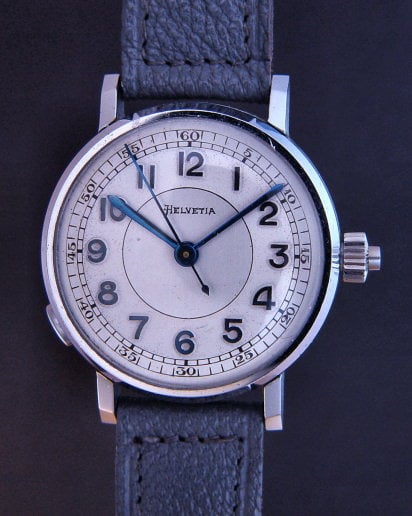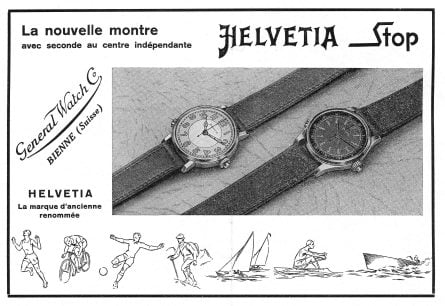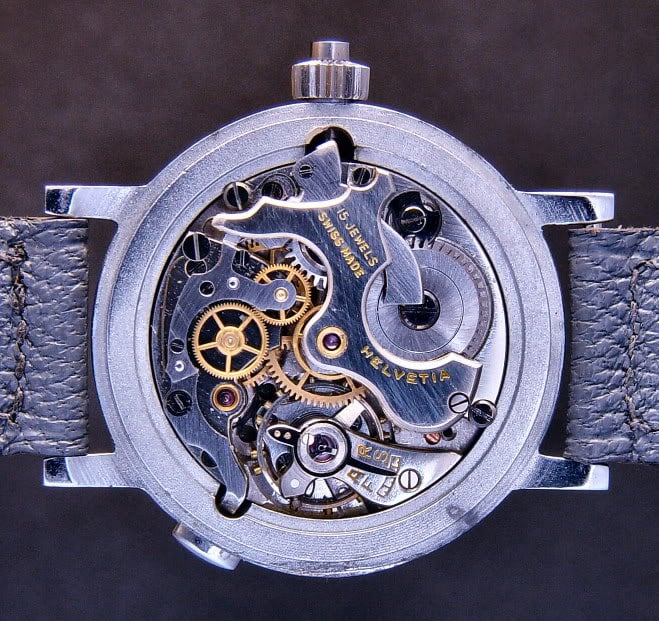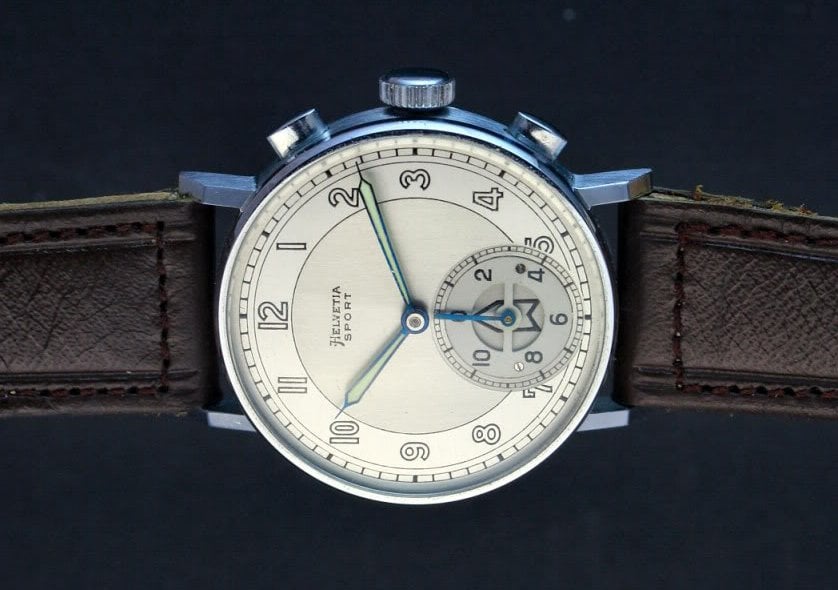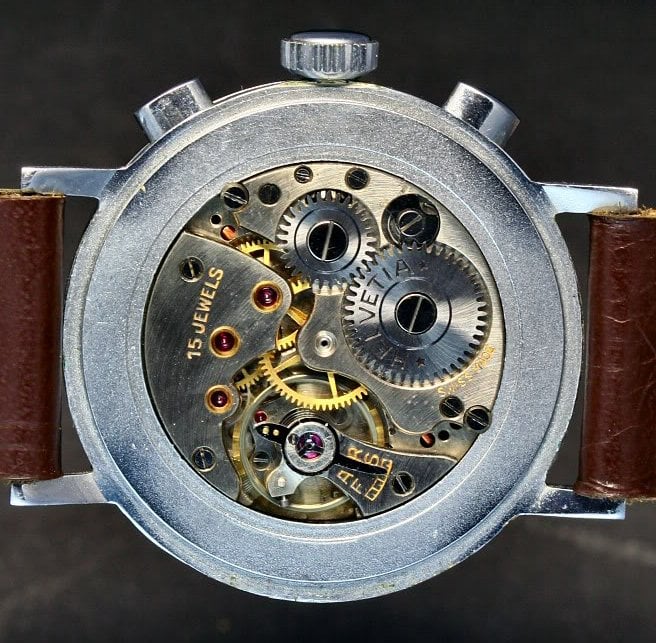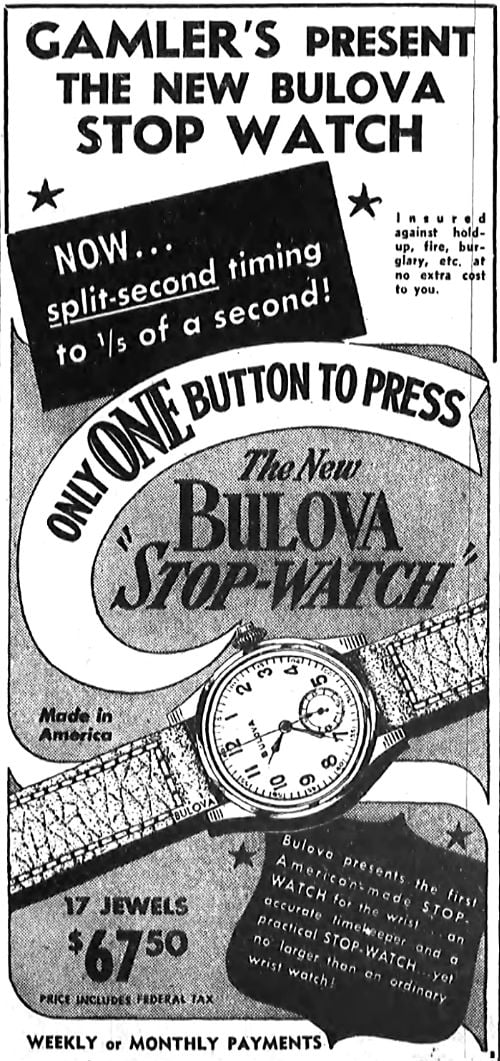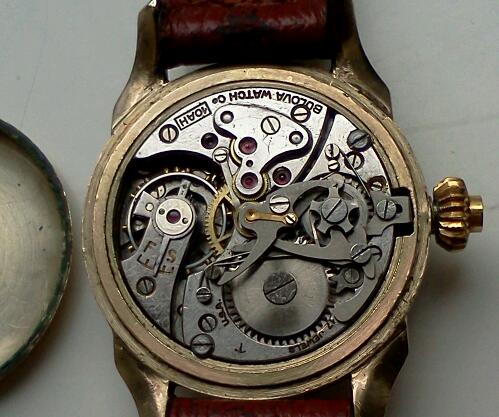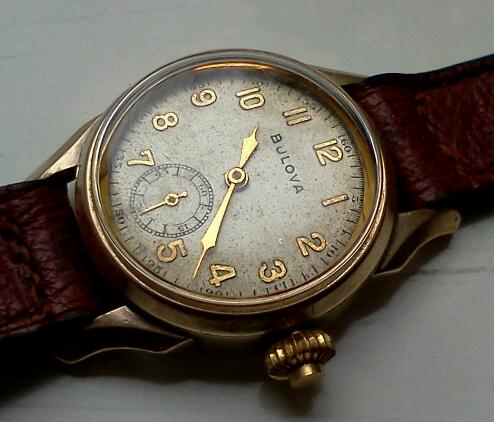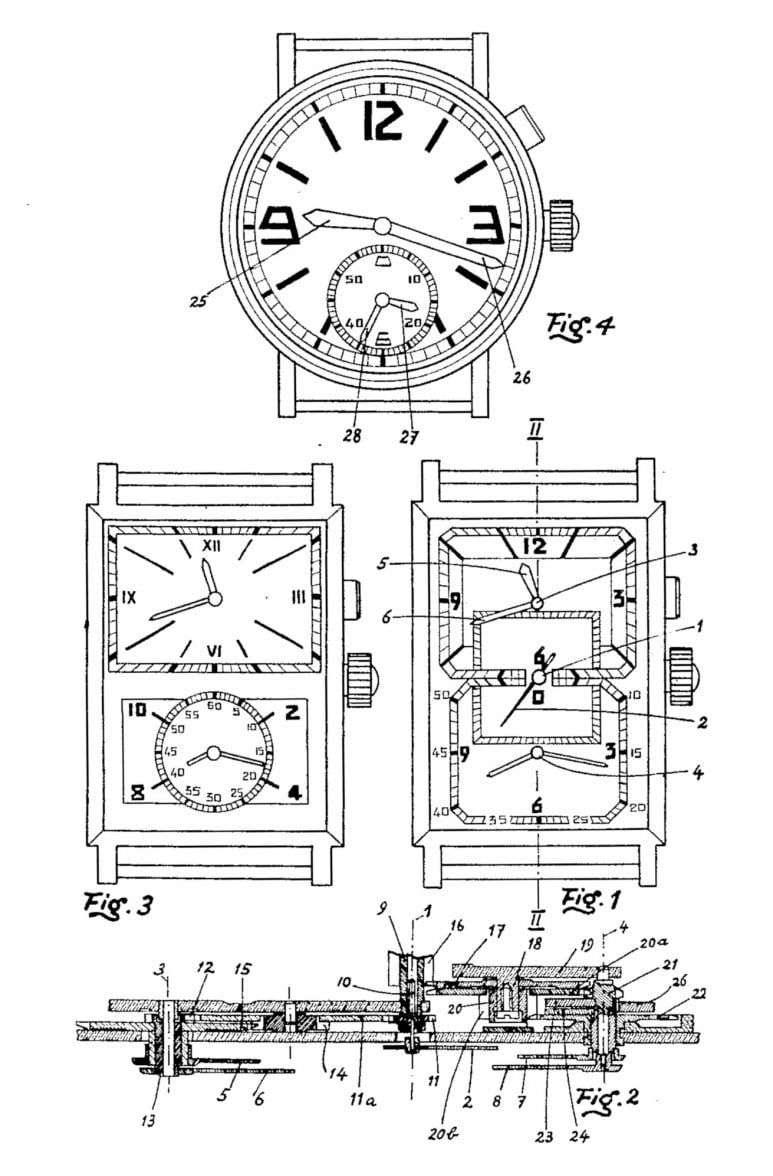Hello again,
The 'Stop' as discussed above turns up on eBay every now and then but the 'Sport' seems to be very rare and until recently the only evidence I had seen were the two pictures in this post.
However I have just had contact via my site enquiring about a Helvetia trench watch and in passing he mentioned he also had a 'Sport'!


Luckily the chap who bought it, František, has some pretty good watchmaking abilities and was able to repair the watch while taking some pictures and was able to explain how the watch works.
It looks as if Helvetia wanted to develop these watches while using their current movements as a base, presumably to save complexity and expense.
The 'Stop' works in a pretty simple way by lifting the gear train away from the running seconds hand to stop it and then has a reset button to set it back to zero. It works well and needed minimal adaptation of the Helvetia Cal 82 movement to make the 822. These were also supplied to the RN as admiralty pattern 3169 watches and I've posted about mine here before.
The 'Sport' is a bit more complicated. The chronograph functions are added to the dial side on a rectangular type frame.

The way it works is that when the two o'clock button is pressed a lever moves away allowing the flat spring in the middle of the photo to press down onto the two chronograph wheels which are separated from the gear train by two disks that act as clutches. (Incidentally it seems the spring here is a replacement).

This allows contact and the chrono hands run recording the minutes on the small hand and hours on the large arrow disk below it. When the reset button at four is pressed the chrono hands reset to 12 and the lever at two moves back into position moving the spring up again and stopping contact with the gear train. This lever also has an extension which presses against the chrono wheels stopping them moving and keeping them centred at 12.
Again this requires limited adaption of the base movement and would have helped keep prices down. A side affect of this is that the minute and hour chrono counters are both on the 6 o'clock sub-dial. I think this is unique, I've certainly never seen anything like it before.
I wanted to say thanks to František for giving me this incite into another interesting Helvetia watch.
Thanks. Carl.
